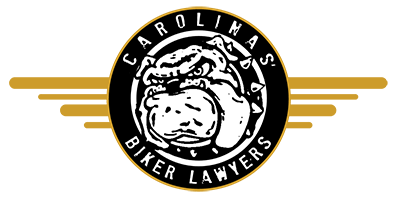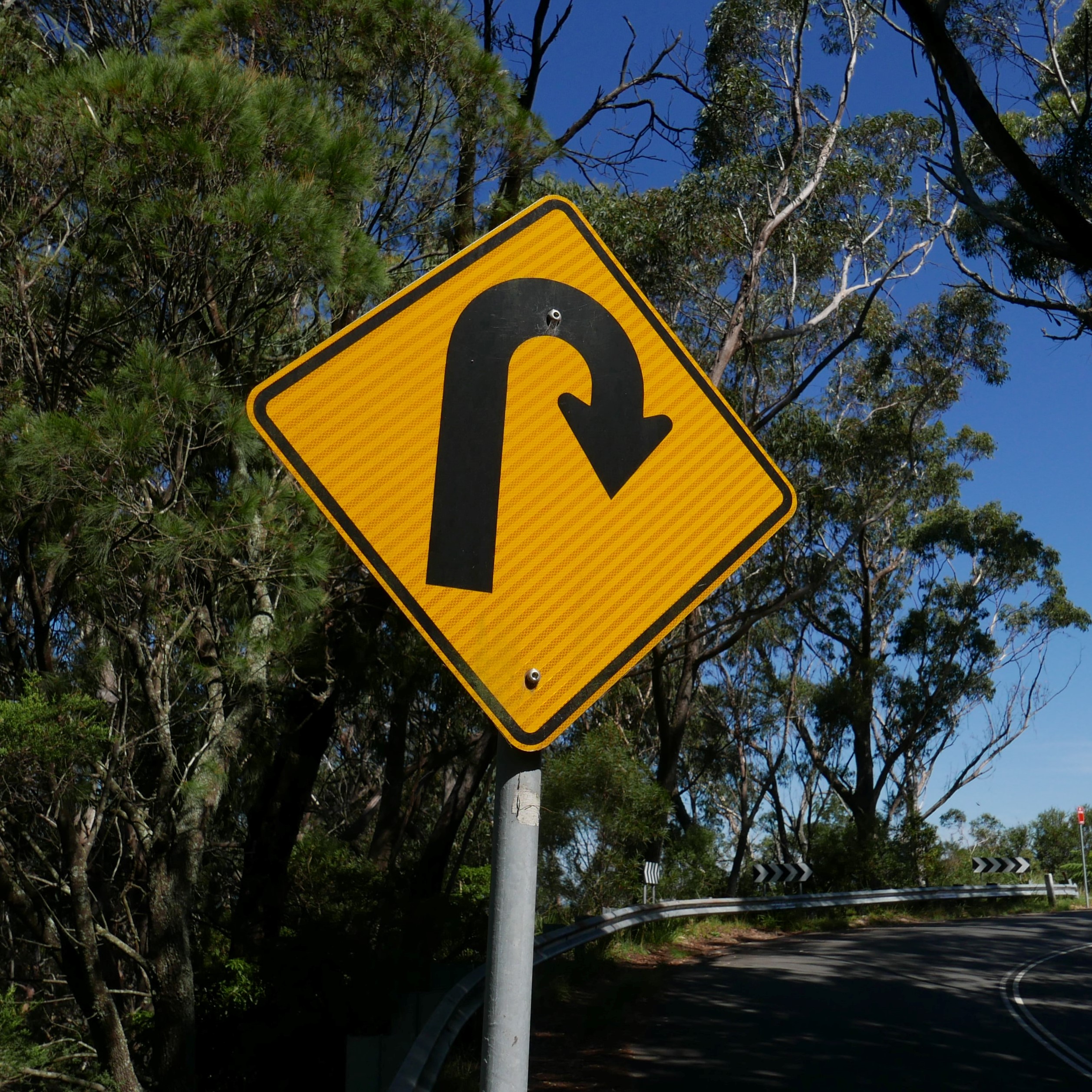When it comes to turning, your speed directly affects how you are going to handle it. On a motorcycle, one of the most challenging skills to master is slow, tight turns, like a U-turn in a parking lot. One skill that even experienced riders have to practice is counterbalancing the motorcycle. For those of you who aren’t familiar with this technique, it simply means shifting your weight to the high side of the motorcycle when the bike is leaning so you are countering the weight of the motorcycle. It’s a difficult skill to master, but well worth the effort. Here’s the basics on counterbalancing a motorcycle and few tips that will help.
Counterbalancing 101
This technique is taught in all Rider’s Edge courses and MSF courses. It requires you to move in the saddle to shift your weight. The goal here is to keep the bike’s center of gravity in mind because at low speeds, there are two opposing issues:
- Keeping your bike as upright as possible at low speed
- Leaning to make tight turns
To deal with these opposite rules, you counterbalance. Your body needs to move towards the outside of the turn to position your weight on the opposite side of the lean. For example, if you are trying to turn LEFT at a slow speed, then your body should move to the RIGHT. The increased lean angle allows the bike to turn at a tighter radius and shifting your weight keeps the center of gravity where you need it.
Request a Consultation
Look where you want to go
Turn your head over your shoulder to look at the “exit” of the turn. When performing a tight U-turn, that means looking 180 degrees behind you. If you look at the curb or the other bike in the parking lot, then you won’t make the turn. Keep your eyes on where you want the bike to go.
More Throttle, Less Clutch
Minimize clutch movement, but keep it engaged. Stay smooth and steady, otherwise you risk dropping your motorcycle. It’s really difficult to make a tight U-turn with abrupt on-and-off application of the clutch. While keeping that clutch steady, keep giving it plenty of throttle (it’s better to give it more than not enough). Your bike might rev up and make noise, but the clutch will control how much power actually gets used. By giving it more throttle and less clutch you will engage the gyroscopic balance of the bike.
Correctly and safely riding a motorcycle is by far a more complex process than many cagers give us credit for. If you’re a new rider, give counterbalancing a try. It’s fun and will help improve your low speed skills. For you seasoned riders, be sure to refresh your skills and practice any techniques you may not be using in every ride.
The Karney Law Firm has been representing injured bikers since 1975. With a clear understanding of the obstacles motorcyclists face both on the road and in the courtroom, our attorneys fight for motorcycle accident victims. Protecting bikers throughout the Carolinas with offices in Charlotte, Greensboro and Raleigh. From accident through recovery, we’ve got your back. Contact us for your free consultation 877-376-7982.
Disclaimer: All data and information provided on this blog is for general informational and entertainment purposes only and should not be considered legal advice. The Karney Law Firm will not be liable for any errors or omissions, or any losses, injuries, or damages arising from its display or use. The Karney Law Firm is not responsible for any third-party contents which are accessible through this blog.

